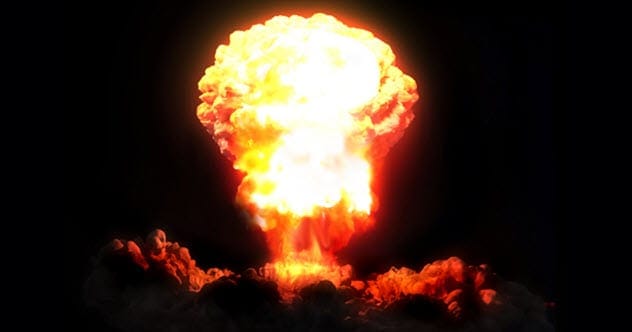Throughout history, humans have been trying to control nature’s forces, with agriculture being a prime example. However, weather remains a formidable challenge. While we’ve built shelters and created indoor environments, we’re still subject to droughts and monsoons. Let’s dive into some of the more outlandish attempts to control the skies.
Shoot And Be Noisy To Stop Hail
Hailstorms can devastate crops. Ancient Romans forbade superstitious hail-fighting, but this didn’t stop people from trying more tangible methods. In 789, Charlemagne banned ringing church bells during hail. Later, people shot arrows and, eventually, cannons at the clouds. In 1750, Austria outlawed this, but by 1886, they were firing mortars at clouds themselves, showing just how persistent this belief was.
Plant Forest, Burn, Repeat
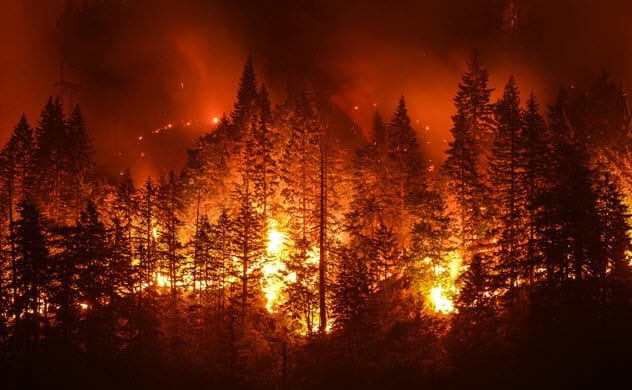
In 1836, James Pollard Espy, the first official US meteorologist, wanted to create storms by setting forests on fire. His theory was that hot air rising would cause rainfall. He requested a 966-kilometer (600 mi) stretch of forest to test his idea, but the government declined. Critics noted that wildfires often don’t produce rain. Senator John Crittenden joked that Espy might become a “crazed weather dictator,” highlighting the perceived risk of governmental weather control.
Blowing Up Government Money
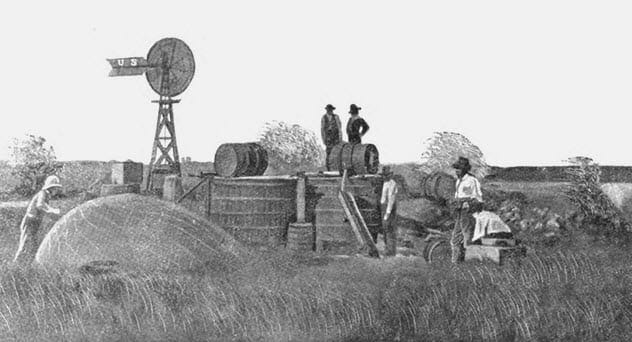
Robert St. George Dyrenforth received congressional funding for his weather experiments. In 1891, he went to Midland, Texas, with $9,000 worth of equipment, including kites, balloons, mortars, explosives, and manganese oxide. His plan was to explode these in the sky hoping to induce rain.
Initially, without media scrutiny, Dyrenforth took credit for distant rains. However, in 1892, after receiving another $10,000, his luck changed. Nighttime explosions near Washington, DC, yielded nothing but complaints. By December, a San Antonio newspaper mocked his failed plans, and Congress cut his funding.
The Rainmaking Gun
Albert Steiger’s Vortex gun, a 5-meter-tall metal cone, was designed to produce vibrations that would destroy hail and cause rain. Clement Wragge, an Australian meteorologist, brought six guns to Charleville in 1902. Despite continuous firing, no rain resulted, and Wragge’s career suffered.
Melting The Ice Caps
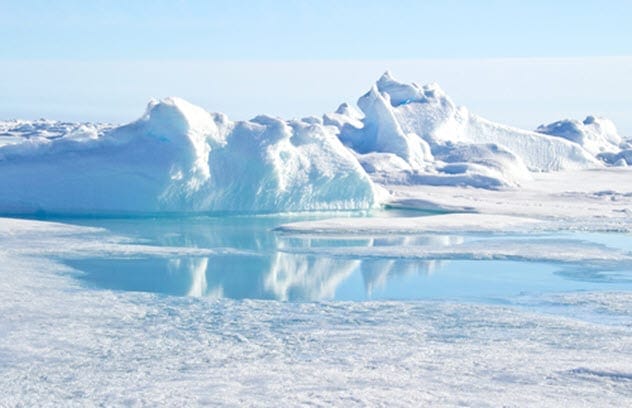
While today we worry about melting ice caps due to climate change, in the past, some wanted to melt them intentionally. In 1877, N.S. Shaler wrote in The Atlantic Monthly, calling the poles “barbarians” for bringing cold weather. He proposed rerouting the Pacific Ocean’s Kuroshio Current through the Bering Strait to raise Arctic temperatures by 16.67 degrees Celsius (30 °F), effectively ending winter in North America.
Move The Earth

Following the sinking of the Titanic in 1912, engineer Carroll Livingston Riker proposed a $190 million plan to reroute the Gulf Stream to eliminate icebergs. He planned to build a 320-kilometer (200 mi) jetty eastward from Newfoundland to obstruct the cold Labrador Current, pushing it toward the Gulf Stream. This, he theorized, would melt Greenland’s ice cap and shift the Earth’s axis. The plan never materialized.
The Nuclear Solution

In 1945, UNESCO cofounder Julian Huxley suggested using nuclear bombs to melt the polar ice caps at a conference in Madison Square Garden. This proposal, made shortly after the US dropped atomic bombs on Japan, was deemed highly inappropriate given the recent devastation and the conference’s focus on arms control.
Build A Huge Dam
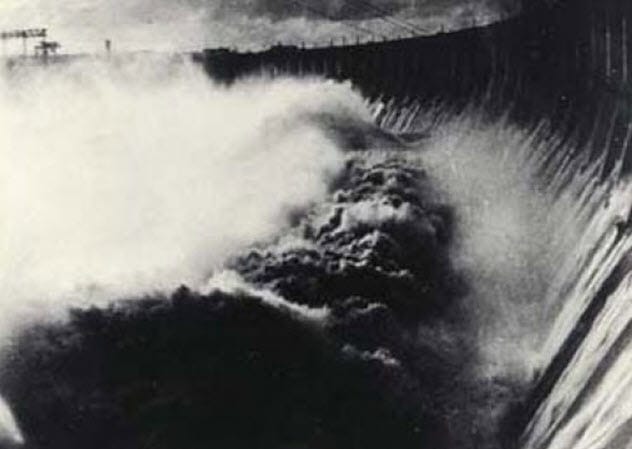
During the Cold War, the Soviets considered building a massive dam from their eastern coast to Alaska to direct the Gulf Stream northward and warm the Arctic. This would have opened up more land for Soviet use. Surprisingly, the Americans almost agreed, with the Soviets arguing that a warmer climate would benefit everyone. Senator John F. Kennedy found the idea “certainly worth exploring” in the context of greater cooperation.
Grand Theft Cloud

In 2018, Iran accused Israel of stealing water from clouds. Brigadier General Gholam Reza Jalali claimed “cloud theft and snow theft.” However, Ahad Vazife of the Iran Meteorological Organization diffused the situation, noting that if cloud hijacking were possible, the US wouldn’t face water shortages and would simply steal rainfall.
Burning Up The Sky
During World War II, the Royal Air Force (RAF) developed the Fog Investigation and Dispersal Operation (FIDO) system, which allowed planes to take off in foggy conditions. FIDO used pipes with burners around airfields, fed by petrol tanks, to disperse fog with flames. It operated from 1943 to 1945 but was discontinued due to high costs, consuming over 380,000 liters (100,000 gal) of petrol per hour.
These weather modification attempts, though often unsuccessful and sometimes outlandish, reflect humanity’s enduring quest to control the elements. From firing cannons at hail to contemplating nuclear solutions, our efforts to tame the weather have led to some truly crazy stories.
What do you think about these attempts? Leave your comment below!


